A new addition to Isaac Wacklin’s oeuvre
Artefact of the month - March 2022
Some years ago, the National Museum of Finland acquired a previously unknown man’s portrait, signed by Isaac Wacklin in 1753. The portrait’s model and history are also unknown. All that is known is that the painting was acquired from Denmark where it was auctioned in the mid-1960s. What makes Wacklin interesting in Finnish art history is his highly skilful technique and, in particular, his international career – at least from a modern perspective – even though he spent most of it working in his native country. Isaac Wacklin’s career was cut short, and as an artist he was unable to attain the prestige during his lifetime that he unquestionably deserved.
After leaving his home town, Oulu, at the age of 16 and spending time in Stockholm, Hamina and Saint Petersburg, Isaac Wacklin (1720/1–1758) ended up in Denmark, no later than in 1749, where he signed his earliest known portrait. It is likely that Wacklin studied in Copenhagen in the Swedish-born court painter Carl Gustaf Pilo’s studio. This assumption is based on a relatively obvious stylistic influence. Wacklin probably stayed in Denmark for around five years before moving to Stockholm in 1754.
Wacklin’s body of work created between 1753 and 1754 in Denmark includes his most ambitious and versatile painting in terms of its composition – a double portrait of an unknown couple that is currently in the collections of Frederiksborg Castle – and Henning Gether’s portrait which is apparently missing (or waiting to be rediscovered) and only known as a copper engraving. Both illustrate the artist’s originality and awareness of tradition.
This portrait of an unknown man represents Wacklin’s finely honed and masterful style of depicting facial features, fabrics, and lace. During his years in Denmark, Wacklin’s artistic and, in particular, technical development was exceedingly fast, serving as evidence that he was very gifted. The painting is a highly typical example of Wacklin’s works: the model is pictured in half-length, with his torso facing one side while his face is turned towards the viewer. The slight backwards bend of the upper body, as well as the blue fold of fabric around the midriff that beautifully complements the brown coat, are common features in Wacklin’s works, although they were also popular elements in men’s portraits at the time in general. However, the narrowness of the face and the almond-shaped eyes are characteristic of Wacklin’s paintings as are the small, repetitive discs of curls of the wig and, particularly, the elaborately detailed piece of lace around the model’s neck. Some of the features, such as the highlighted front side of the face against a dark brown background and its cloudlike formations with a faintly green and light brown shimmer, provide a basis to assume that Wacklin did indeed work at Carl Gustaf Pilo’s studio.
Undoubtedly, unknown paintings by Wacklin still exist in Denmark and, probably, Sweden too. For example, another previously unknown portrait of a man by Wacklin, signed in 1754, was acquired from Denmark for a private collection in Germany only year. Even though Wacklin was only able to work as a professional artist for roughly eight years and had become absolutely destitute by the time of his death, he must have earnt his income through art. However, the number of currently known portraits by him would have been insufficient for that. Therefore, the inescapable fact is that he painted more pieces in addition to the ones that are known to exist. And even if some of them have been destroyed over the years, we can say with certainty that new previously unknown paintings by Wacklin are bound to be discovered.
Jouni Kuurne

-
2024
-
2023
-
2022
-
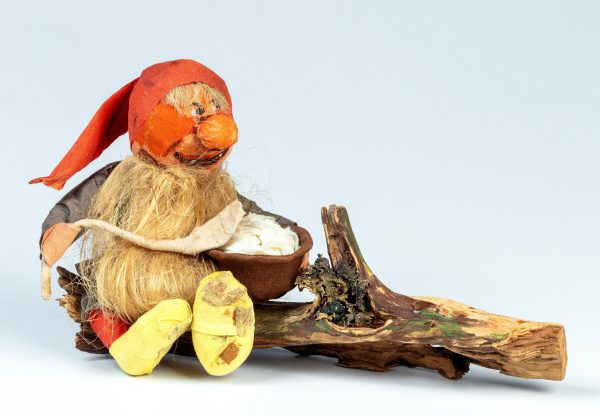 Elves
Elves
-
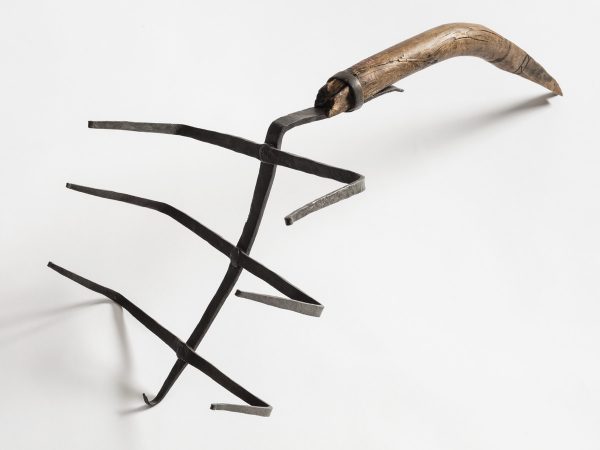 Fire rack and gig
Fire rack and gig
-
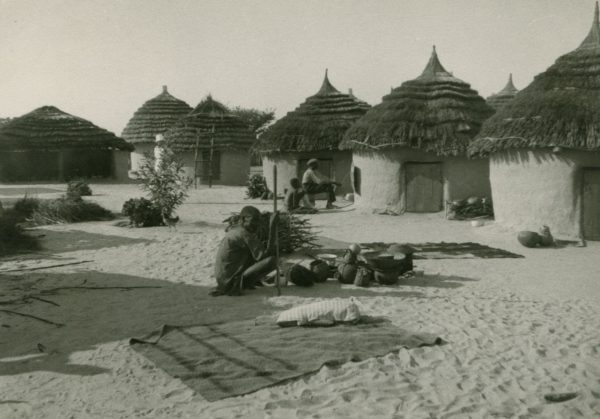 Ndonga-language hymn book
Ndonga-language hymn book
-
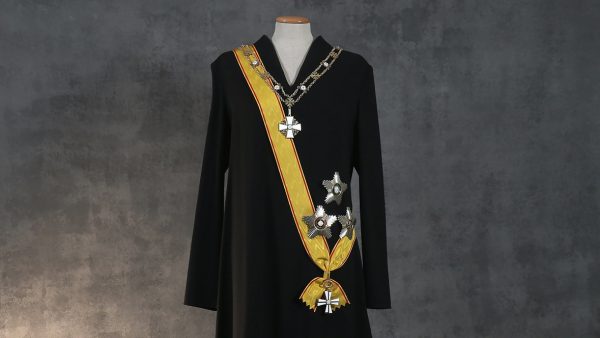 President Tarja Halonen’s inaugural attire
President Tarja Halonen’s inaugural attire
-
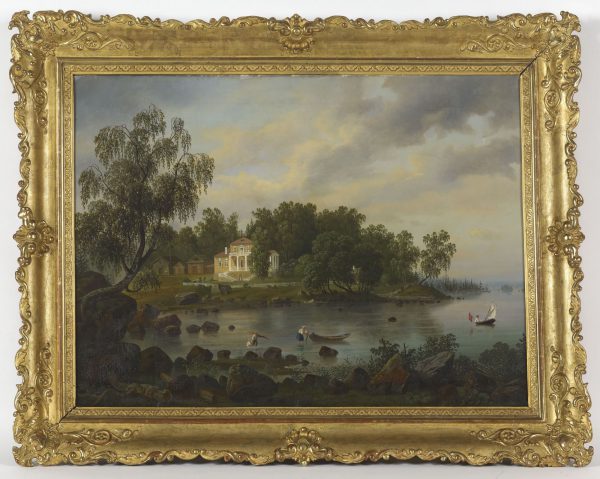 Landscape paintings from Vyborg
Landscape paintings from Vyborg
-
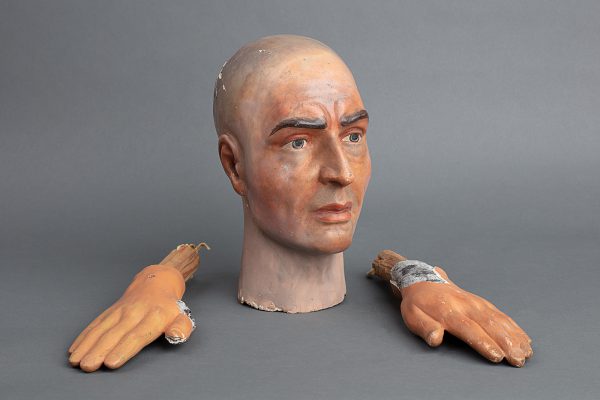 Matti Haapoja – From a piece of string to a leather patch of skin
Matti Haapoja – From a piece of string to a leather patch of skin
-
 Lightship Kemi’s commuter boat
Lightship Kemi’s commuter boat
-
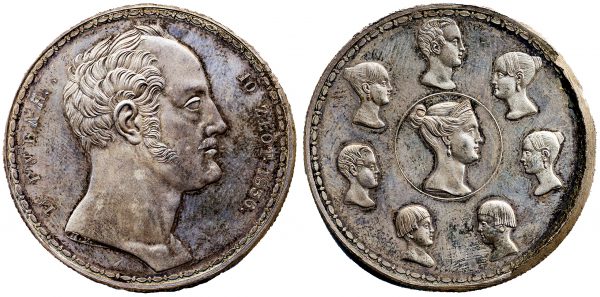 Family rouble 1836
Family rouble 1836
-
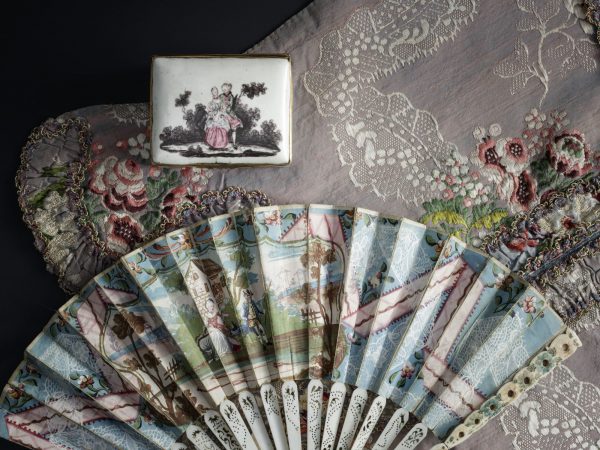 Snuff and patches
Snuff and patches
-
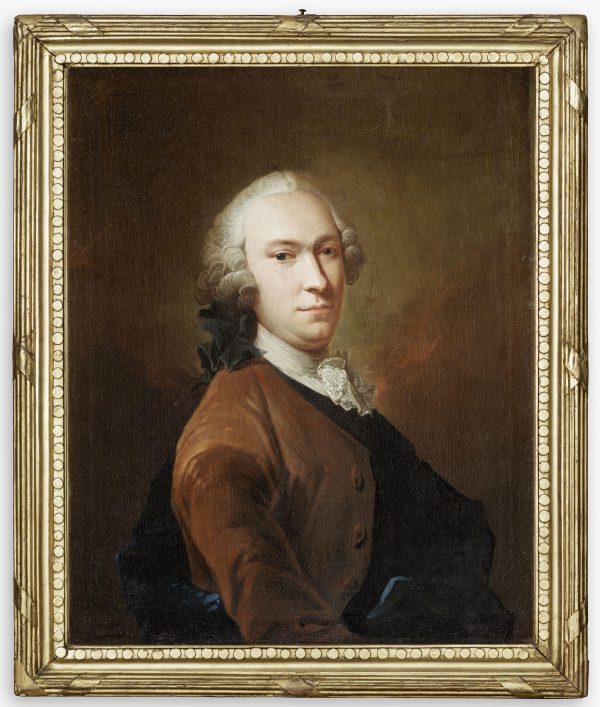 A new addition to Isaac Wacklin’s oeuvre
A new addition to Isaac Wacklin’s oeuvre
-
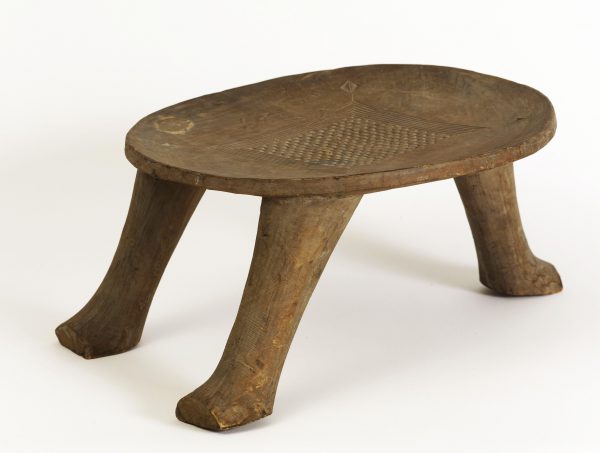 Kataklè stool’s journey from Dahomey via Paris to Helsinki
Kataklè stool’s journey from Dahomey via Paris to Helsinki
-
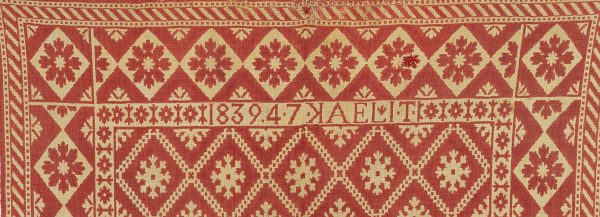 The mystery of the double cloth
The mystery of the double cloth
-
-
2021
-
2020
-
2019
-
2018